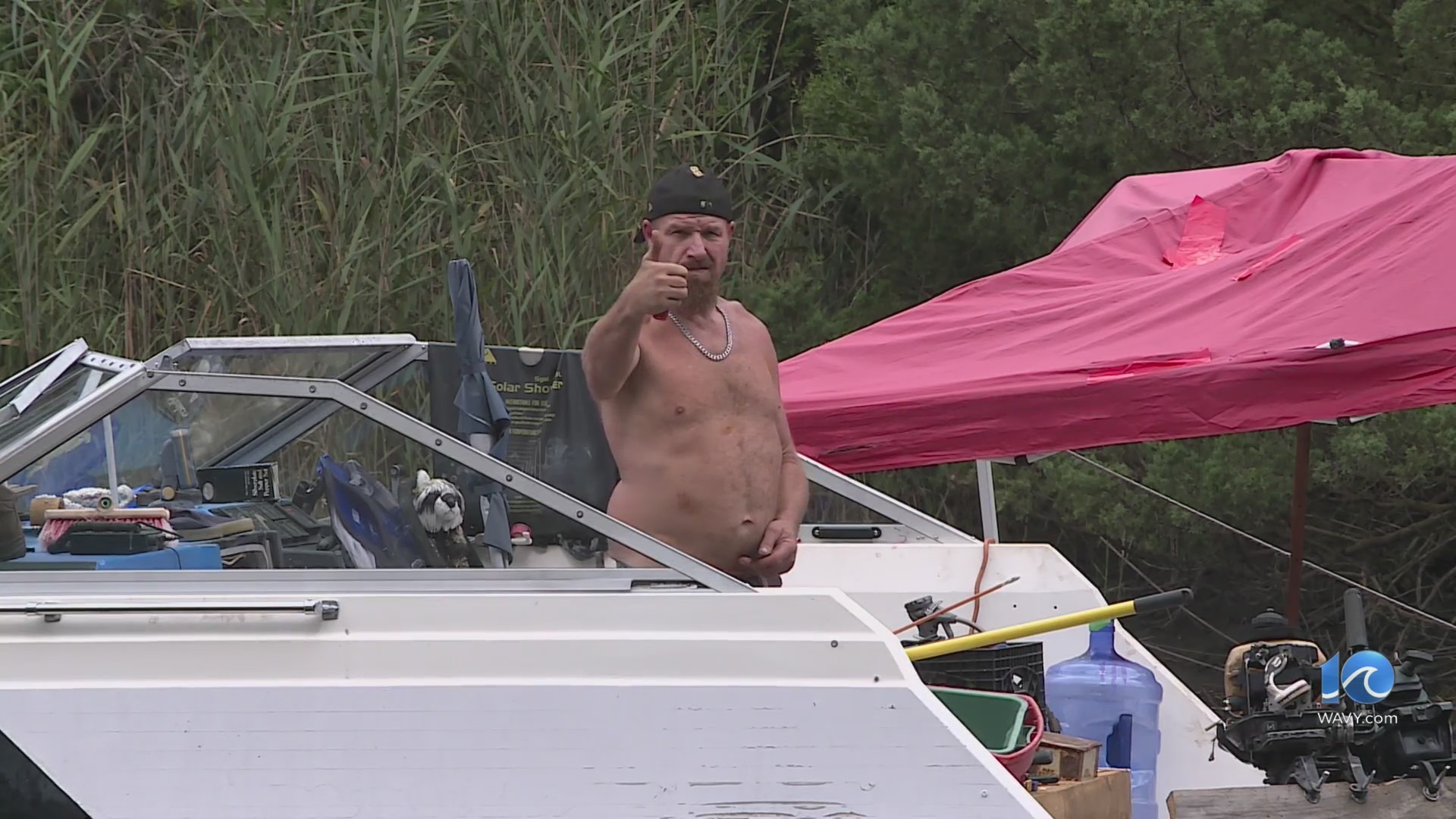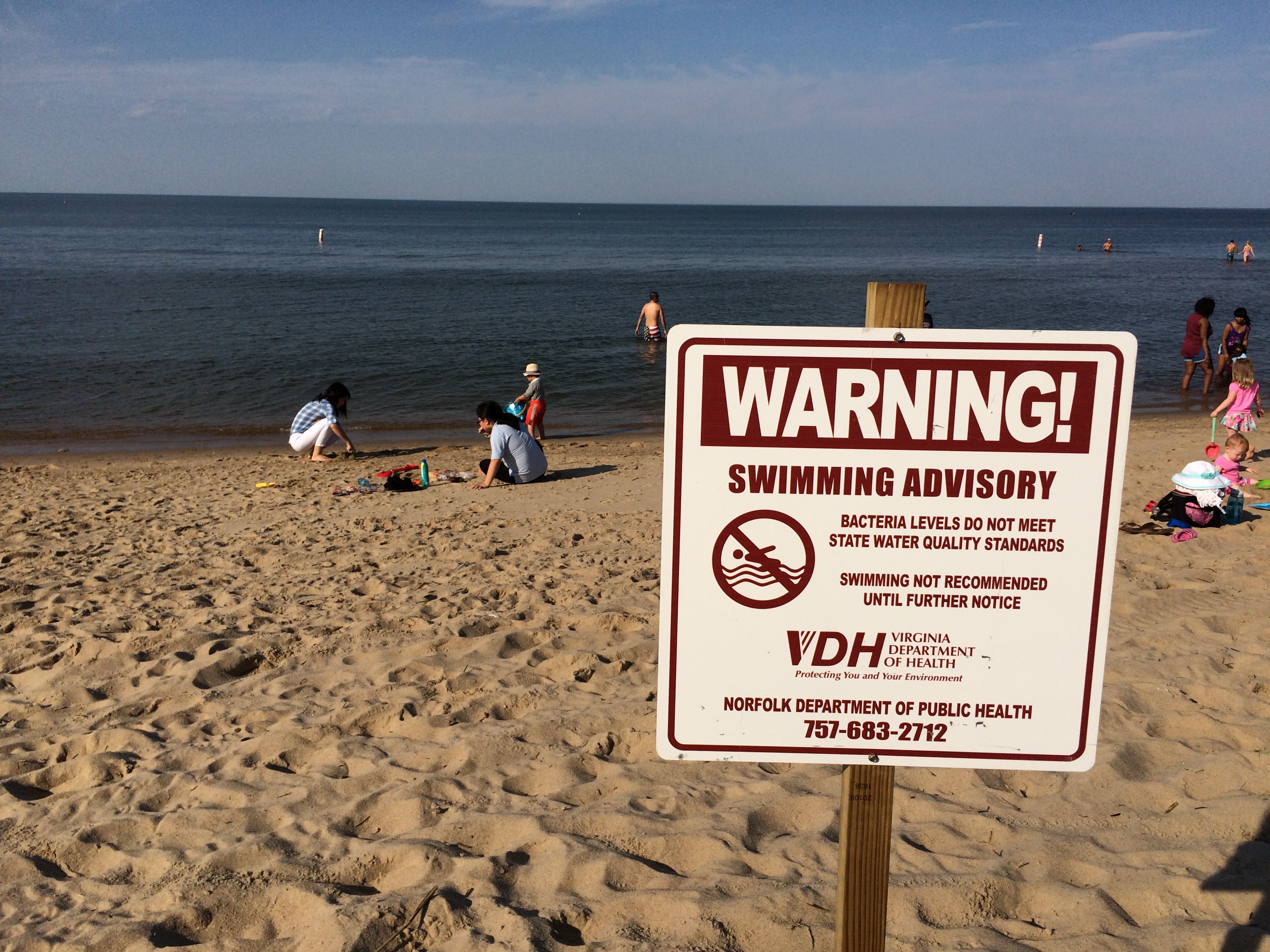RICHMOND, Va. (WRIC) — Virginia is full of historic towns, lively cities and breathtaking scenery — but where in the Commonwealth can you find the most beautiful sights of all? Southern Living has a few suggestions.
In a May 2024 piece on Southern Living, Virginia local Erin Gifford makes 20 recommendations for anyone seeking the most gorgeous places in the state. Two of them can be found in Central Virginia.
Keep reading to learn more about these unbelievable sights scattered across Virginia.
Shenandoah National Park, eight total counties

The massive Shenandoah National Park covers over 200,000 acres, with parts of it in a total of eight counties: Warren, Page, Rockingham, Augusta, Rappahannock, Madison, Greene and Albemarle.
This national park has so much to offer: gorgeous mountain views, hiking trails and breathtaking waterfalls, the iconic Skyline Drive and more.
“Get in your steps on hiking trails that lead to tumbling waterfalls, summit peaks and historic homesteads,” Gifford wrote.
Lewis Ginter Botanical Garden, Henrico County


Gifford describes Lewis Ginter Botanical Garden, located in Henrico County, as “an oasis that captivates locals and visitors alike with more than a dozen gardens set across 50 acres.”
The gardens are open year-round and there’s always plenty to do, no matter the season. The central conservatory with its glass dome is “one-of-a-kind” throughout the mid-Atlantic, according to Lewis Ginter.
“Pathways will draw you to parts of the garden that delight you around every turn,” Lewis Ginter wrote. “Come explore secret spaces, learn about our plant collections, and enjoy our world-class botanical displays.”
Natural Bridge State Park, Rockbridge County

Rockbridge County’s Natural Bridge State Park is the home of the Natural Bridge, a 215-foot-tall limestone arch that stretches over Cedar Creek.
This awe-inspiring rock formation just celebrated the 250th anniversary of its purchase by Thomas Jefferson.
“A stroll under the bridge yields a surprise, too: George Washington carved his initials into the arch in 1750,” Gifford wrote.
Chincoteague Island, Accomack County

The island of Chincoteague, located in Accomack County, is famous for its wild horses — with its annual Chincoteague Island Pony Swim drawing crowds each and every year.
This Eastern Shore destination touts itself as a place where visitors can enjoy “a relaxed atmosphere and the beauty of unspoiled nature.”
“[Chincoteague] has long captivated beach-goers with its small-town charm and natural beauty,” Gifford wrote.
Middleburg, Loudoun County

Middleburg, a historic town located in Loudoun County, is described by the Middleburg Business & Professional Association as a “teeny tiny town [that] exudes a magical allure.”
This piece of small-town America — which features art museums, landmarks, local food and drink and more — is a destination that “embodies the essence of a captivating Southern retreat,” the association said.
“Middleburg exudes a timeless charm, enchanting visitors with its scenic vineyards, rolling hills and an abundance of green spaces in the heart of Virginia’s wine and horse country,” Gifford wrote.
Buggs Island Lake, Mecklenburg County

Buggs Island Lake, or John H. Kerr Reservoir, is located in Mecklenburg County — but this 50,000-acre body of water stretches into North Carolina, as well.
This reservoir is Virginia’s largest lake and a huge draw for visitors to Occoneechee State Park. It’s open to boating, skiing, fishing and swimming, according to the Virginia Tourism Corporation.
“Nature lovers can explore numerous trails or relax in secluded coves,” Gifford wrote.
Roanoke Star, Roanoke

The Roanoke Star, otherwise known as the Mill Mountain Star, is the largest, free-standing, man-made illuminated star in the world, according to the Virginia Tourism Corporation.
It was constructed in 1949 with Christmas in mind — but has since become a daily part of Roanoke’s view, as it is lit up every night.
“Hike or drive to the overlook for far-reaching views across the Roanoke Valley,” Gifford wrote. “In the evening, the super-size star lights up the night with twinkle lights.”
Smith Mountain Lake, Franklin, Bedford, Pittsylvania counties

Smith Mountain Lake — which spans Franklin, Bedford and Pittsylvania counties — is Virginia’s second largest lake and the namesake of Smith Mountain Lake State Park.
This “Jewel of the Blue Ridge Mountains” is nestled against the Blue Ridge Mountains and boasts a number of bustling marinas, according to the Virginia Tourism Corporation.
“It’s a paradise for water enthusiasts thanks to its calm waters and more than 500 miles of shoreline,” Gifford wrote.
Devil’s Bathtub, Scott County

The Devil’s Bathtub, located in Scott County, is a beautiful swimming hole and waterfall that can be accessed by traveling the Devil’s Fork Loop Trail across multiple creek crossings.
“Devil’s Bathtub is a striking crystal-clear basin that’s known for its waterfall and swimming hole, though be warned, the water is very, very cold,” Gifford wrote.
This popular destination can prove challenging to inexperienced hikers due to the rocky conditions, so the Virginia Tourism Corporation encourages caution and recommends visiting when water levels are low.
Sand Cave, Lee County

The Sand Cave is actually found in Kentucky, but the trail that winds its way there is almost entirely in Virginia’s Lee County.
“You’ll need to earn the chance to see this awe-inspiring geological formation with an acre of beach-like sand inside,” Gifford wrote. “It’s a nearly four-mile hike (one-way) to reach this unspoiled cave, which also has a small waterfall.”
Once you arrive, you can take in the 1.25 acres of colorful sands in this 250-feet-across half-domed chamber, as described by the National Park Service.
Great Dismal Swamp, Chesapeake and Suffolk

The Great Dismal Swamp, located in both Chesapeake and Suffolk, is an about 113,000-acre National Wildlife Refuge.
“The Great Dismal Swamp National Wildlife Refuge features a vast, mysterious landscape,” Gifford wrote. “It’s home to Lake Drummond, one of two natural lakes in Virginia, as well as some of the oldest and most majestic bald cypress trees in the United States.”
Alongside its wonderous looks, the swamp — which originally covered more than one million acres — also contains “some of the most important wildlife habitat in the mid-Atlantic region,” according to the U.S. Fish and Wildlife Service.
“The refuge is home to over 200 species of birds, nearly 100 species of butterflies and skippers, many turtles, numerous white-tailed deer, bobcats, otters and one of the largest black bear populations on the east coast,” the U.S. Fish and Wildlife Service said.
The Great Dismal Swamp was also a sanctuary for enslaved Black people on the run from the late 1600s through the Civil War.
“Historians estimate that some 50,000 self-emancipated African Americans, or “maroons” — as well as free Blacks, Indigenous people and outsider Europeans – lived here over time,” the service wrote. “For some, the Swamp was just a stopping point on their way north. For many others, the swamp became home.”
Grayson Highlands State Park, Grayson County

Grayson Highlands State Park, found in Grayson County, is known for its stunning views of alpine-like peaks, waterfalls, overlooks and more, according to the Virginia Tourism Corporation.
“Grayson Highlands State Park wows with grassy balds, high peaks, alpine meadows and free-roaming wild ponies,” Gifford wrote.
Visitors are also drawn to this state park due to its proximity to other treasures. Mount Rogers and Whitetop Mountain — Virginia’s highest and second-highest peaks, respectively — can be accessed through the park. Additionally, you can find your way onto the Appalachian Trail from here.
Dragon’s Tooth, Craig and Roanoke counties

Dragon’s Tooth, a rock formation located right between Craig and Roanoke counties, is a “testament to the untamed beauty and rugged allure” of the region, according to the Virginia Tourism Corporation.
“Dragon’s Tooth is one-third of an awe-inspiring trifecta of gram-worthy hikes on the Appalachian Trail called the Virginia Triple Crown,” Gifford wrote. “This scenic trio includes McAfee Knob and Tinker Cliffs.”
This 35-foot rock spire is the reward for anyone with the skill and determination to complete what the U.S. Forest Service said is a challenging 2.3-mile hike that takes about six hours or more on average. Said hike involves some rockclimbing and should only be completed with plenty of daylight available.
Cape Charles, Northampton County

Cape Charles, found in Northampton County, is located on the Chesapeake Bay. It’s a destination that features shopping, historical sights and, of course, plenty of waterfront activities.
“Cape Charles puts on a show when the sun dips below the horizon and vibrant sunsets in shades of orange and pink paint the sky over the Chesapeake Bay,” Gifford wrote.
The Virginia Tourism Corporation recommends visitors check out the Chesapeake Bay Bridge Tunnel, the Eastern Shore National Wildlife Refuge and the Kiptopeke State Park while visiting Cape Charles.
Molly’s Knob, Smyth County

Molly’s Knob, located in Smyth County, is a picturesque overlook nestled into Hungry Mother State Park. From this perch, you can see two of Virginia’s tallest mountains.
The 1.6-mile Molly’s Knob Trail can be challenging to inexperienced hikers, according to the Virginia Department of Conservation, which describes it as “steep, rough, rugged and not for the faint of heart, but rewarding.”
“Take a seat on one of the wooden benches at the overlook — you’ve earned it — and soak it all in,” Gifford wrote.
Old Town Alexandria, Alexandria

Old Town Alexandria, a profoundly historic portion of the city of Alexandria, is a “beloved downtown” and a nationally-designated historic district, according to Visit Alexandria.
Visitors can expect waterfront views and boat tours, the walkable King Street packed with centuries-old architecture and more.
“Pop in and out of art galleries, coffee roasteries, antique jewelry shops and renowned restaurants, like Vermilion and Vola’s Dockside Grill,” Gifford wrote.
Breaks Interstate Park, Dickenson County

Breaks Interstate Park, located in Dickenson County, is a 4,500-acre park named for one of its most prominent feature: the “Grand Canyon of the South.”
According to the Virginia Tourism Corporation, Pine Mountain was carved out by the Russell Fork of the Big Sandy River, creating a 1,000-foot gorge. It’s now the largest canyon to the east of the Mississippi.
Aside from this gorgeous rock formation and its accompanying waterway, there’s an olympic pool, cabins, an amphitheater and more to enjoy at this interstate park.
“In spring and fall, the elk viewing tours are unforgettable,” Gifford wrote.
Cumberland Gap National Historical Park, Lee County

Cumberland Gap National Park can be found Lee County, but it stretches into both Kentucky and Tennessee, as well.
“The overlook boasts one of the most breathtaking panoramas of the Appalachian Mountains,” Gifford wrote.
The National Park Service describes Cumberland Gap as “the first great getaway to the west.”
“Come follow the path of bison, Native Americans, longhunters and pioneers,” the National Park Service said. “Walk where 300,000 people crossed the Appalachians to settle America.”
False Cape State Park, Virginia Beach

False Cape State Park, found in the city of Virginia Beach, is “one of the last remaining undeveloped areas along the Atlantic coast,” according to the Virginia Tourism Corporation.
Visitors can set up camp, take guided kayak trips, enjoy both biking and hiking trails and more — all on top of exploring miles of Atlantic beachfront.
“Snap a photo of the gram-worthy ‘Southernmost Virginia State Park’ buoy before you leave the raw beauty of False Cape State Park,” Gifford wrote.
Westmoreland State Park, Westmoreland County

Westmoreland State Park, found in Westmoreland County, provides a “rich mosaic of opportunities for wildlife viewing,” according to the Virginia Department of Wildlife Resources (DWR), on top of being an attractive destination for kayakers and canoers.
“Bring your own watercraft or rent a kayak or stand-up paddleboard at the park for an easy-breezy paddle,” Gifford wrote.
The Virginia DWR said those who visit the 200-foot bluffs that overlook the Potomac River can spot birds from bald eagles to osprey, or find fossil remains along the beach.











































































































